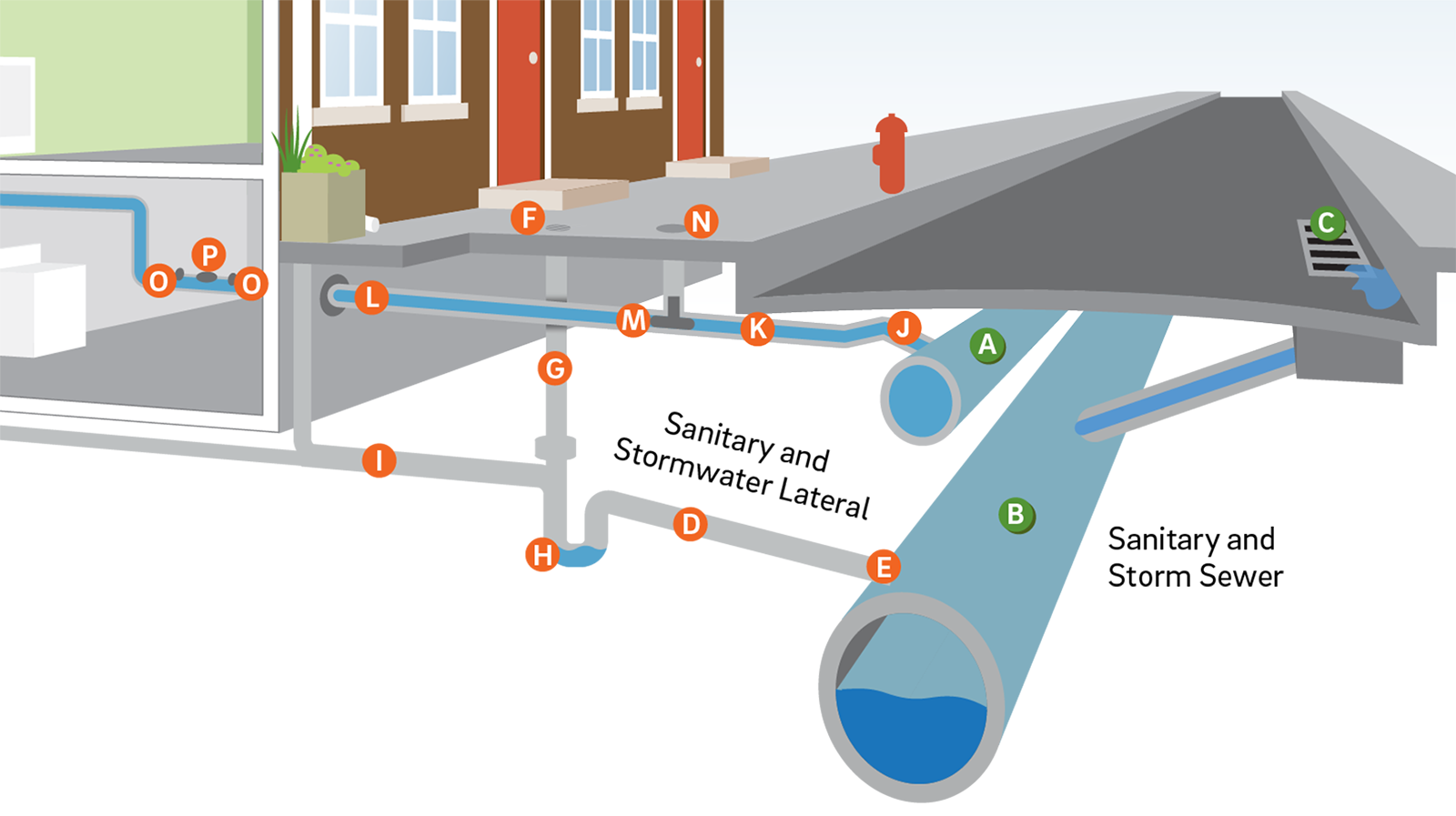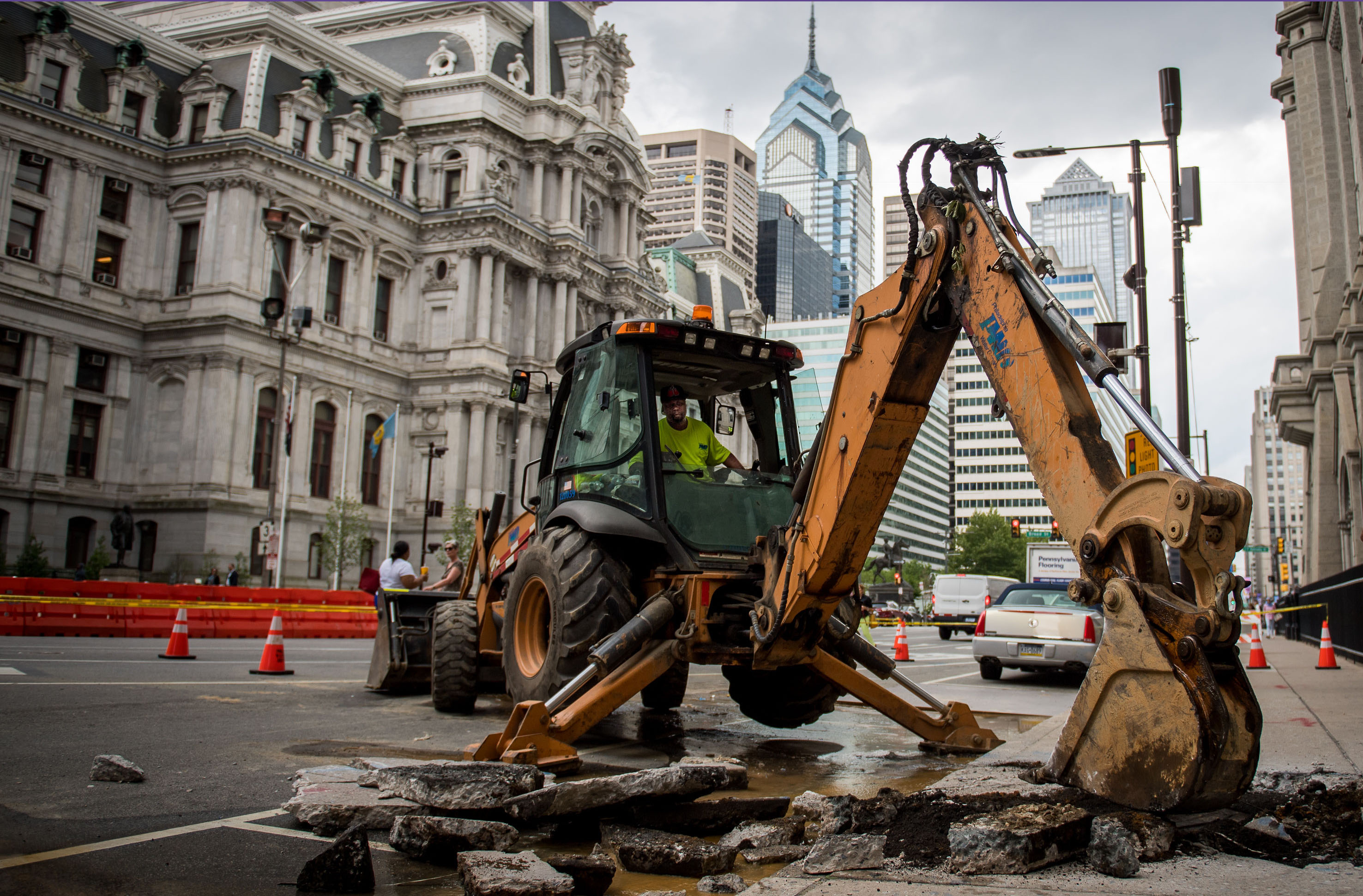
What you need to know about water emergencies:
Learn how we respond to water main breaks. Plus: What to do if the problem is on your property.
Notify us for these emergencies:
- Water main breaks
- Taste and odor complaints
- Open hydrants
- Neighborhood flooding
- Water in basement
Call (215) 685-6300 24/7.
Or reach us @phillyh2o on Twitter or Facebook, 8 a.m. – 8 p.m.
We take reports and may dispatch crews to investigate or fix problems. When you report a water emergency, we collect your contact information and a description of the emergency.
See where emergency work is already underway! View the map →
How we respond to a water main break:
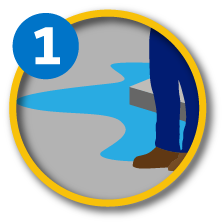
IDENTIFY
An inspector investigates the problem: what type of leak? How urgent? Is it possibly from a main or a customer water pipe?
Good to know:
We may shut down the water to isolate the emergency. Specialized crews assist with the shutdown of large water main breaks.
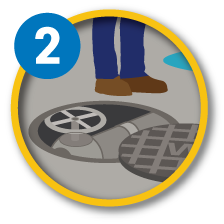
CONTAIN
An emergency crew shuts down the main if it is causing damage or flooding and a repair crew is assigned.
Good to know:
A PWD spokesperson may provide updates to the media, while a Field Supervisor on site keeps affected property owners informed. Generally, this occurs when there are multiple properties without water, significant damage and traffic disruptions.
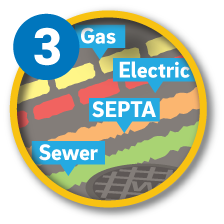
PINPOINT
If we need to dig, a call is made to PA One Call, and other utilities are marked, including gas, electric and other lines.
Good to know:
If the leak is on PWD’s water main, we will arrange to have utilities marked and take steps to protect the public’s safety.
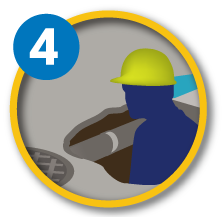
REPAIR
If it’s our main, the repair crew digs, repairs or replaces the damaged pipe, and coordinates arrangements for traffic.
How long can water work last?
Typical time is 8–12 hours from the time our crews begin working. This estimate may be shorter or longer depending on the situation.
Note: Permanent repairs are handled by the Streets Department.
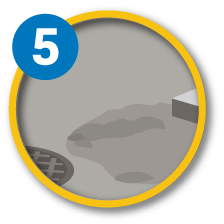
RESTORE
Repair crews flush the line, disinfect the main if needed, and patch the road.
If property damage resulted from a main break:
Risk Management claims representatives can help customers with potential damage claims.
TAKE ACTION!
WHAT TO DO AFTER OUR CREWS FINISH WORK:
Flush your home plumbing to clear debris from your pipes. Use either your outdoor garden hose or a utility sink if possible. They generally have a larger capacity and do not have aerator screens to trap debris.
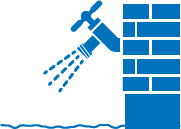
OUTDOOR GARDEN HOSE
How often:
One time following water main work.
For how long:
30 minutes.
OR
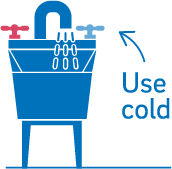
UTILITY SINK
How often:
One time following water main work.
For how long:
30 minutes.
Your property: How to respond when there’s a problem, like a Notice of Defect.

A licensed plumber must do the work. PWD is not responsible for your plumbing.
The diagram below shows the plumbing that connects your home to our water mains and sewers. If your plumbing breaks or a pipe freezes, you must have it fixed. Failure to address problems can damage your home and your block.
Note: This diagram shows a combined sanitary and storm sewer. Some areas of Philadelphia have separate sewers.
PWD’s Responsibilities
- Water Main
- Combined Storm and Sanitary Sewer
- Stormwater Inlet
Customer’s Responsibilities
- Sanitary and Stormwater Lateral
- Slant
- Vent Cover
- Vent Pipe
- Curb Trap
- Main House Drain
- Ferrule
- Water Service Pipe
- Water Supply Pipe
- Curb Stop
- Curb Stop Box
- Supply Valves
- Water Meter
Clean water plumbing outside the home:
The ferrule (J) connects the water main to your underground water service pipe (K) which connects to the curb stop (M). Access to the curb stop must be maintained through its box and cover (N), usually located near the curb line in front of your home. Next, water flows through a water supply pipe (L) and into your home.
Clean water plumbing inside the home:
The supply valves (O) are located on either side of your water meter (P). The Water Department owns the water meter but homeowners are responsible for keeping the meter and valves in good condition and accessible at all times.
Wastewater plumbing:
The homeowner must maintain household waste pipes and all pipes leading up to the sewer. This includes the main house drain (I), curb trap (H), sanitary and stormwater lateral (D), slant (E), vent cover (F), and vent pipe (G).
PREVENTING (AND FIXING) PROBLEMS:
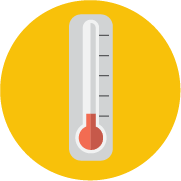
Prevent costly winter repairs.
Frozen pipes can ruin your day, and burst pipes can ruin your home.

Need repairs?
If you receive a Notice of Defect, we offer a five-year, zero-interest loan to help cover the cost of repairs.
Call (215) 685-4901 or submit a pre-application.
